TLE: Plumbing Part 1
1. A person who installs pipes, fixtures and other apparatus to convey and supply water in buildings and to dispose and discharge waste water.
a. Carpenter
b. Plumber
c. Mason
d. Mechanic
2. It is a receptacle or vault used to collect organic waste discharged from the house sewer.
a. Septic tank
b. Manhole
c. Water tank
d. Waste tank
3. The semi-liquid substance accumulated at the bottom of the septic tank.
a. Scum
b. Sediment
c. Sludge
d. Silt
4. An underground tunnel that carries off the drainage and waste matter from a home or town is called:
a. Drainage system
b. Fixture
c. Sewerage
d. Sewer
5. The pipe that conveys waste from various fixture other than from the water closet.
a. Waste pipe
b. Soil pipe
c. Vent pipe
d. Drain pipe
6. It is a fitting or device that provides liquid seal to prevent the back passage of air.
a. Loop
b. Fixture
c. Sewer
d. Trap
7. The tools used to tighten or loosen hexagonal fittings like unions and other metal fittings.
a. Pipe vise
b. Pliers
c. Wrenches
d. Threader
8. The kind of fitting used to connect fixed pipe and fixtures is a ________.
a. Wye fitting
b. Coupling
c. Union fitting
d. Reducer
9. A fitting or device installed at the inlet of a water pump to prevent backflow of water.
a. Ball valve
b. Check valve
c. Blackwater valve
d. Gate valve
10. It is a device installed in water lines that can be closed or opened to allow installation or troubleshooting of fixtures.
a. Check valve
b. Gate valve
c. Ball valve
d. Float valve
Key Answers, Explanations, Notes, and Concepts
1. A person who installs pipes, fixtures and other apparatus to convey and supply water in buildings and to dispose and discharge waste water.
b. Plumber
c. Mason
Answer: b. Plumber
Carpenter- construct, install and repair infrastructure frameworks and buildings using wood and other materials.
Plumber- a person who installs and repairs the pipes and fittings of water supply, sanitation, or heating system
Mason- a skilled worker who builds by laying units of substantial material (such as stone or brick)
Mechanic- a person who repairs and maintains machinery
2. It is a receptacle or vault used to collect organic waste discharged from the house sewer.
a. Septic tank
d. Waste tank
Answer: a. Septic tank
Septic tank- is a buried, water-tight container usually made of concrete, fiberglass, or polyethylene. Its job is to hold the wastewater long enough to allow solids to settle down to the bottom forming sludge, while the oil and grease float to the top as scum.
Manhole- A manhole or an inspection chamber is a unit constructed underground to provide access to the utilities like a sewer system, drainage system. (utility hole, maintenance hole, or sewer hole) is an opening to a confined space such as a shaft, utility vault, or large vessel.
Water tank- a humongous container that is used for storage of water. The reserved water can be used for different purposes like cooking, drinking, or something big like helping a mass generation for your survival such as livestock, irrigation, agriculture, etc.
Waste tank- collects wastewater from the house through an inlet. However, instead of releasing treated wastewater into the ground through a drainfield, the holding tank temporarily stores the effluent for removal and transportation to a treatment facility.
3. The semi-liquid substance accumulated at the bottom of the septic tank.
b. Sediment
c. Sludge
Answer: c. Sludge
Scum- When the minerals in hard water react with the fatty acids in soap, they create lime soap, otherwise known as soap scum. Scum builds up over time, attracting mildew and mold. The scum is a nuisance because it can clog your drain. Since it's foamy material, it can be found above and floating.
Sediment-Rust is one of the primary sources of sediment in plumbing. This is often as a result of old iron pipework, but it could also derive from your water tank. Rusting is an indication of deterioration in the fabric of the plumbing, not only creating sediment but also increasingly the likelihood of leaks. known as rusts builds on pipes.
Sludge-is the term for semi-solid waste which has been filtered out from liquids in sewage. Basically, raw sewage enters what's called a “setting tank”. It isn't long before the “solid matter” separates out and sinks to the bottom. The liquids are flushed from the tank and we're left with sludge.
Silt- fine sand, clay, or other material carried by running water and deposited as a sediment
4. An underground tunnel that carries off the drainage and waste matter from a home or town is called:
a. Drainage system
c. Sewerage
Answer: c. Sewerage is the best answer because drainage system refers to to a whole which the question asked especifically for an underground tunnel which is c. Sewerage.
Drainage system- includes all piping within public or private premises
Fixture- plumbing fixture is an exchangeable device which can be connected to a plumbing system to deliver and drain water.
Sewerage- is the infrastructure that conveys sewage or surface runoff (stormwater, meltwater, rainwater) using sewers. It encompasses components such as receiving drains, manholes, pumping stations, storm overflows, and screening chambers of the combined sewer or sanitary sewer.
Sewer- is a system of underground pipes that carries sewage from bathrooms, sinks, kitchens, and other plumbing components to a wastewater treatment plant where it is filtered, treated and discharged.
This item's explanation was limited to author's knowledge and research, thus incomplete. If you have any insights and correction kindly comment it below. It will surely be helpful on our future use.
5. The pipe that conveys waste from various fixture other than from the water closet.
a. Waste pipe
d. Drain pipe
Answer: a. Waste pipe
Waste pipe- is a pipe which is designed to carry away liquid waste, with the exception of sewage, which is handled by different plumbing for reasons of environmental health. In homes, waste pipes drain washers, sinks, dishwashers, and other plumbed fixtures.
Soil pipe-is a pipe that conveys sewage or wastewater reliably, either from the toilet or sink to a soil drain or sewer. They are relatively easy to spot as they run vertically from the underground drainage system to the top of a property, where they reach the roof gutter.
Vent pipe- regulates the air pressure within your home's plumbing system
Drain pipe- is the primary vessel or conduit for unwanted water or waste liquids to be flumed away, either to a more useful area, funnelled into a receptacle, or run into sewers or stormwater mains as waste discharge to be released or processed.
6. It is a fitting or device that provides liquid seal to prevent the back passage of air.
b. Fixture
d. Trap
Answer: d. Trap
Loop- a venting solution for a sink fixture P-trap that requires the vent pipe to run under the floor
Fixture-a part (such as a sink, toilet, faucet, etc.) that is attached to a system of pipes that carry water through a building.
Sewer- is a system of underground pipes that carries sewage from bathrooms, sinks, kitchens, and other plumbing components to a wastewater treatment plant where it is filtered, treated and discharged.
Trap- a trap is a U-shaped portion of pipe designed to trap liquid or gas to prevent unwanted flow; most notably sewer gases from entering buildings. is a fitting or device that provides a liquid seal to prevent the emission of sewer gases without materially affecting the flow of sewage or waste water through it. A device to prevent backflow (back siphonage) by means of an opening through which air may be drawn to relieve negative pressure (vacuum). Wikipedia
7. The tools used to tighten or loosen hexagonal fittings like unions and other metal fittings.
b. Pliers
c. Wrenches
Answer: c. Wrenches
Pipe vise- a vise shaped to hold pipe for threading, cutting, or reaming.
Pliers- are made in various shapes and sizes and for many uses. Some are used for gripping something round like a pipe or rod, some are used for twisting wires, and others are designed to be used for a combination of tasks including cutting wire.
Wrenches- are made in various shapes and sizes and are used for gripping, fastening, turning, tightening and loosening things like pipes, pipe fittings, nuts and bolts.
Threader- are one of the essential tools that has the ability and precision to cut threads on the ends of a pipes to both the female and male attachment.
8. The kind of fitting used to connect fixed pipe and fixtures is a ________.
a. Wye fitting
c. Union fitting
Answer: c. Union fitting
Wye fitting- are used to to allow one pipe to join another pipe at some degree or angle. As the name suggests, the pipe wyes are Y-shaped pipe fitting devices. They are a popular type of pipe fitting used in various industrial applications.
Coupling- (used in piping or plumbing) is a very short length of pipe or tube, with a socket at one or both ends that allows two pipes or tubes to be joined, welded (steel), brazed or soldered (copper, brass etc.) together.
Union fitting- a type of fitting equipment designed in such a way to unite two pipes which can be detached without causing any deformation to the pipes. Any kind of small diameter piping connections requiring a positive seal and easy assembly as well as disassembly are made with the help of pipe union.
Reducer- reduces the pipe size from a larger to a smaller bore (inner diameter). Alternatively, reducer may refer to any fitting which causes a change in pipe diameter. This change may be intended to meet hydraulic flow requirements of the system or adapt to existing piping of a different size.
9. A fitting or device installed at the inlet of a water pump to prevent backflow of water.
a. Ball valve
b. Check valve
Answer: b. Check valve
Ball valve- control water flow by using a rotational ball located in the center of the valve. This ball has a hollow core through its center that controls the flow of water. When the ball's hollow core is parallel to the water inlet, fluids are allowed to flow through the valve and exit out into the pipes.
Check valve- are generally installed in pipelines to prevent backflow. A check valve is basically a one-way valve, in which the flow can run freely one way, but if the flow turns the valve will close to protect the piping, other valves, pumps etc.
Blackwater valve- there is no such
Backwater valve- backwater valve is designed to automatically shut to prevent leakage out of the plumbing fixture if sewage from an obstructed public sewer backs up the owner's drain line.
Gate valve- is the most common valve for water supply systems. It represents a linear-motion isolation valve and has a function to stop or allow the flow. Gate valves got their name from the closure element sliding into the flow stream to provide shutoff and, therefore, acting like a gate.
10. It is a device installed in water lines that can be closed or opened to allow installation or troubleshooting of fixtures.
a. Check valve
c. Ball valve
Answer: c. Ball valve
Check valve- are generally installed in pipelines to prevent backflow. A check valve is basically a one-way valve, in which the flow can run freely one way, but if the flow turns the valve will close to protect the piping, other valves, pumps etc.
Gate valve- is the most common valve for water supply systems. It represents a linear-motion isolation valve and has a function to stop or allow the flow. Gate valves got their name from the closure element sliding into the flow stream to provide shutoff and, therefore, acting like a gate.
Ball valve- control water flow by using a rotational ball located in the center of the valve. This ball has a hollow core through its center that controls the flow of water. When the ball's hollow core is parallel to the water inlet, fluids are allowed to flow through the valve and exit out into the pipes.
Float valve- maintains the level in the cold water header tank which regulates the pressure of the hot water system. A smaller float valve is fitted to toilet cisterns to measure the flush water.
This item's explanation was limited to author's knowledge and research, thus incomplete. If you have any insights and correction kindly comment it below. It will surely be helpful on our future use.
Comments, Suggestions and Corrections are highly appreciated. Kindly put those in the comments section. Fighting!


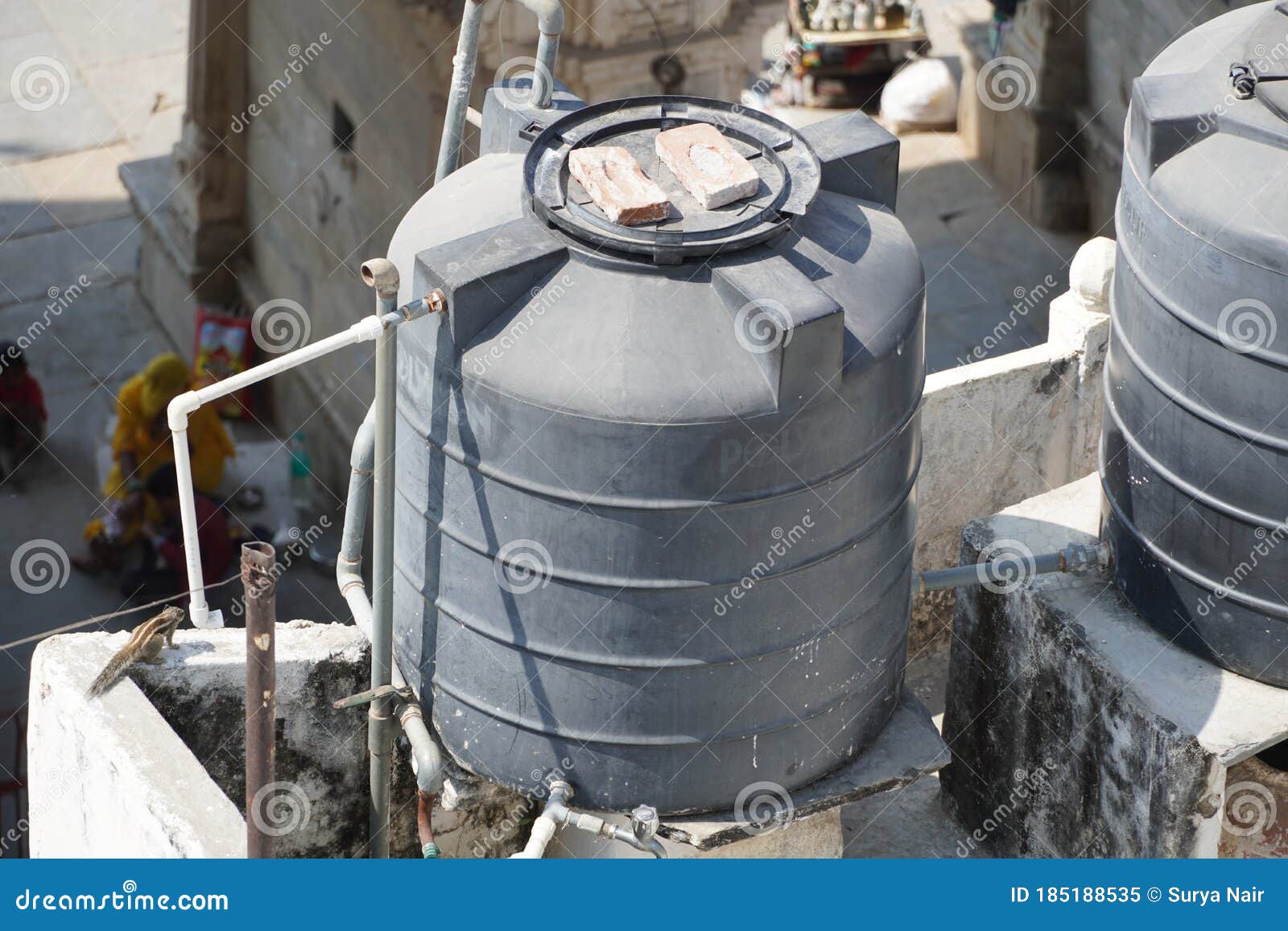

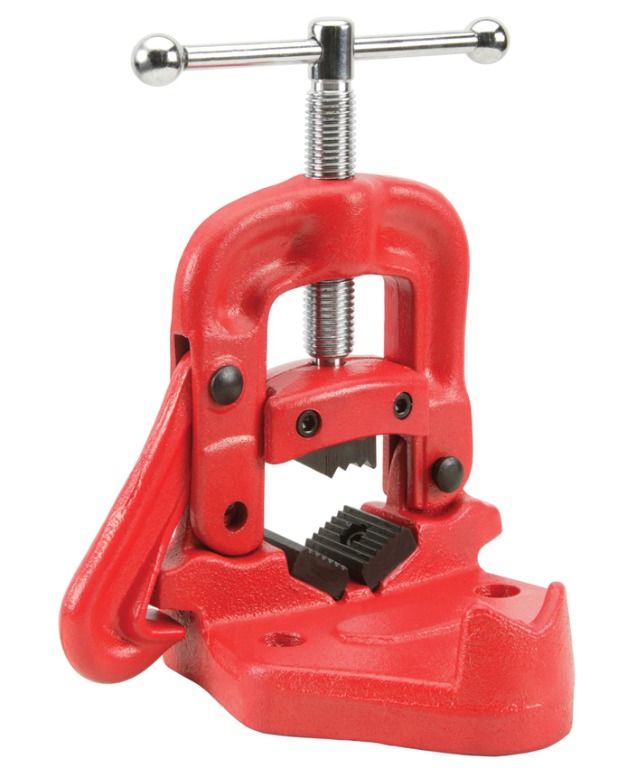

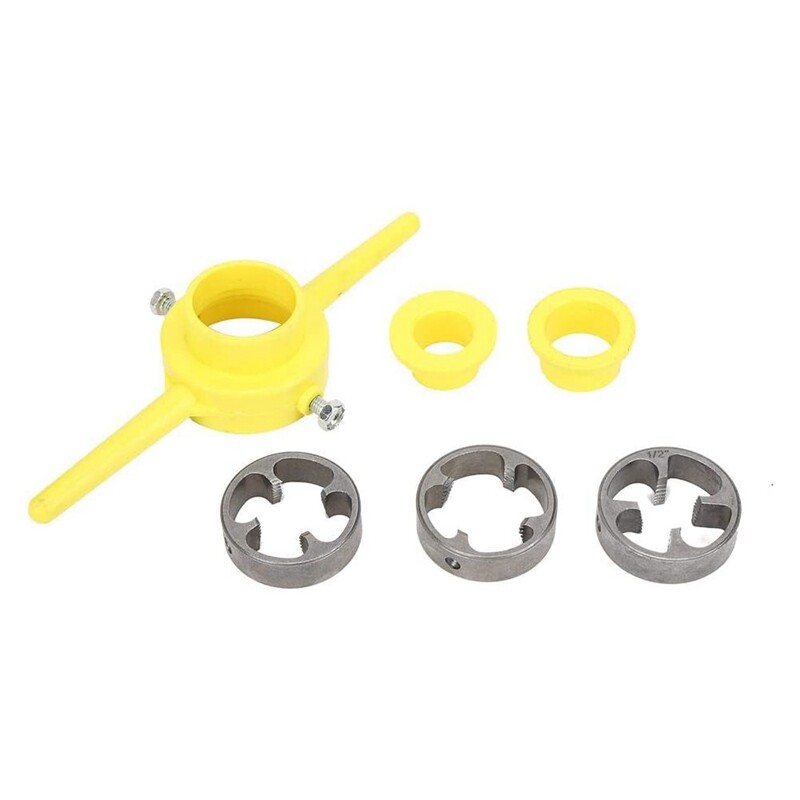



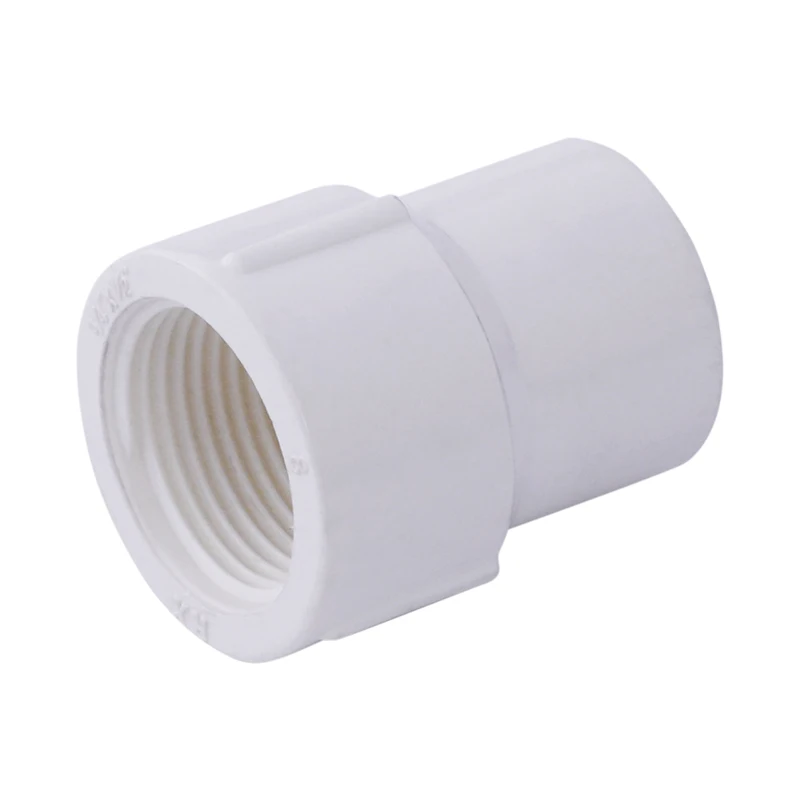

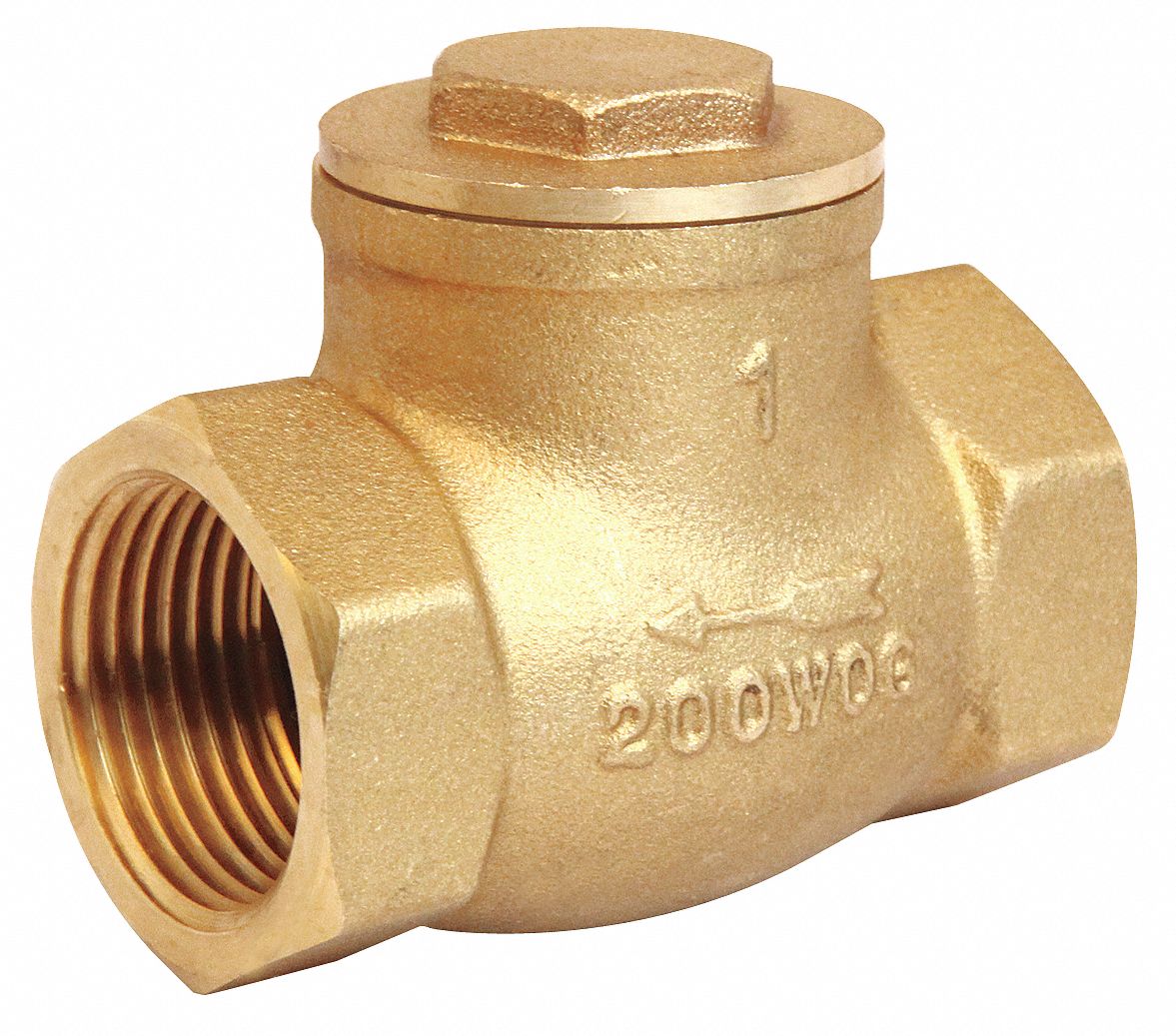

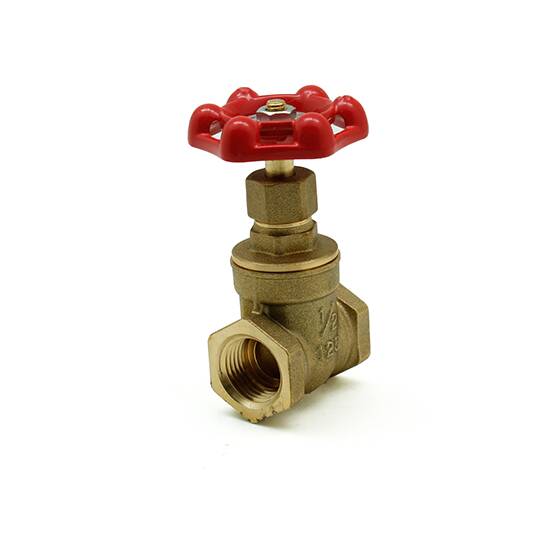

Comments
Post a Comment